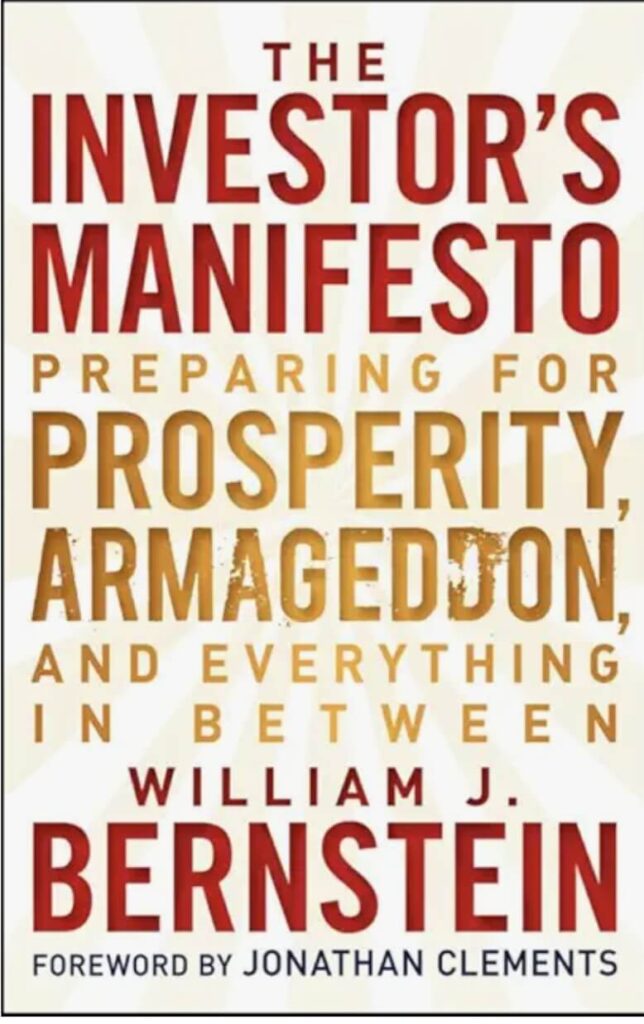Ever wonder how professional investors figure out what a stock is truly worth? Or why some businesses are considered safe bets while others are pure speculation? If you’ve ever longed for a serious, rational method to assess investments — Security Analysis is the bible you’ve been looking for.
First published in 1934 during the Great Depression, Security Analysis is the foundational text of value investing. Graham and Dodd, professors at Columbia Business School, didn’t just write a book — they forged a new discipline, transforming investing from guesswork into something closer to a science.
💡 Why This Book Still Matters
While it’s a dense and technical read, Security Analysis remains essential nearly a century later. Why? Because markets still swing between euphoria and panic. Because investors still chase hype. And because the discipline of valuing a company based on its real-world fundamentals — not its buzz — is more needed than ever.
Graham and Dodd didn’t promise riches or shortcuts. What they offered instead was a framework: how to protect yourself from loss, how to separate investment from speculation, and how to think like a business analyst — not a gambler.
🧠 What Is “Security Analysis”?
At its core, security analysis means carefully evaluating financial securities (like stocks and bonds) to determine their intrinsic value. The goal? To buy them when they’re priced below that value — with a comfortable margin of safety.
In Graham and Dodd’s world, the investor is a detective. You don’t follow the crowd. You don’t buy the hot stock. You dig into balance sheets, earnings reports, debt levels, competitive moats, and management integrity. You seek truth beneath the noise.
Key Concepts from the Book:
⦁ Intrinsic Value: What a security is really worth based on business fundamentals — not market whims.
⦁ Margin of Safety: The cushion between price and value. It’s the investor’s protection against error or bad luck.
⦁ Investment vs. Speculation: Investing is based on thorough analysis and the promise of safety and adequate return. Anything else is speculation.
📚 Structure of the Book
Graham and Dodd take their readers on a systematic journey through the world of security analysis. Here’s a simplified breakdown of the book’s major sections:
Part 1: Survey and Approach
This section sets the tone. It explains why a rigorous, analytical mindset is essential — and why most market participants fail because they let emotion or speculation drive their decisions.
“The essence of investment management is the management of risks, not the management of returns.” — Graham & Dodd
Part 2: Fixed-Value Investments (e.g., Bonds and Preferred Stocks)
Before talking stocks, Graham dives into fixed-income securities. Why? Because understanding risk and safety starts with understanding how to protect capital. He discusses bond selection, coverage ratios, and the hierarchy of creditor claims in brutal detail.
Part 3: Common Stocks
Here’s the heart of the book. Graham and Dodd dissect what makes a stock an investment, not a gamble. They stress that companies must be analyzed like a business — with attention to earnings stability, asset values, and dividend history.
Part 4: Additional Factors in Analysis
This is where the authors explore intangible but vital elements: management quality, competitive positioning, accounting practices, and market sentiment.
Part 5: Special Situations
Graham and Dodd finish by discussing situations where detailed analysis can give investors an edge — including bankruptcies, reorganizations, and mergers. These chapters are a treasure trove for contrarian investors.
✅ Why You Should Read This Book
It’s the Original Playbook for Long-Term Investing
Warren Buffett, perhaps Graham’s most famous student, has called Security Analysis “a roadmap for investing that I have been following for 60 years.” If you want to invest like Buffett — or just understand how he thinks — start here.
It Demystifies the Stock Market
No stock tips. No market predictions. Just timeless principles based on logic and data. Security Analysis isn’t about getting rich quick — it’s about not losing your shirt.
It’s Deeply Educational
You won’t just learn how to value a stock; you’ll learn how to think. The book teaches mental discipline, skepticism, and intellectual humility — essential traits for any successful investor.
🎯 Real-World Relevance
Even though it was written in the 1930s, the lessons of Security Analysis remain uncannily relevant. Consider:
⦁ Bubbles: Graham’s warnings about speculation could have saved investors from the dot-com crash, the housing crisis, or meme-stock mania.
⦁ Financial Shenanigans: The book teaches how to spot red flags in accounting — a skill that would have exposed Enron or Wirecard before their collapse.
⦁ Crisis Investing: When markets panic, the patient analyst — armed with Graham’s principles — can find extraordinary opportunities.
⚠️ Where the Book May Be Challenging
It’s Technical and Dense
Unlike more accessible books like The Intelligent Investor, Security Analysis dives deep into balance sheets, interest coverage ratios, and obscure accounting practices. It assumes a working knowledge of finance and accounting.
It’s Not a Quick Read
At over 700 pages, this is no weekend flip-through. It’s a textbook, not a TED Talk. You’ll want to digest it in small bites — and possibly read it more than once.
Some Content Is Outdated
Certain case studies and accounting rules reflect the 1930s. While the core principles are timeless, some details need modern context. Still, the sixth edition includes updates to help bridge that gap.
💬 What Readers and Critics Say
“A master class in rational investing” — Many professional investors view this book as required reading for anyone managing money.
“Dry but brilliant” — The writing is formal and often academic, but the insights are profound.
“Still the gold standard” — Despite the proliferation of finance books, Security Analysis remains the gold standard for learning how to evaluate stocks and bonds with discipline and skepticism.
📈 Final Verdict: ★★★★☆ (4.5/5)
Security Analysis is not an easy book — but it’s a necessary one. If you’re serious about investing, this isn’t optional reading. It’s the foundation. Graham and Dodd don’t offer shortcuts. They offer tools. They teach you how to protect your capital, assess a business, and avoid the traps of greed and speculation.
This isn’t a book to entertain you — it’s a book to equip you. And in a world where market noise is louder than ever, the clarity of Graham and Dodd is priceless.




